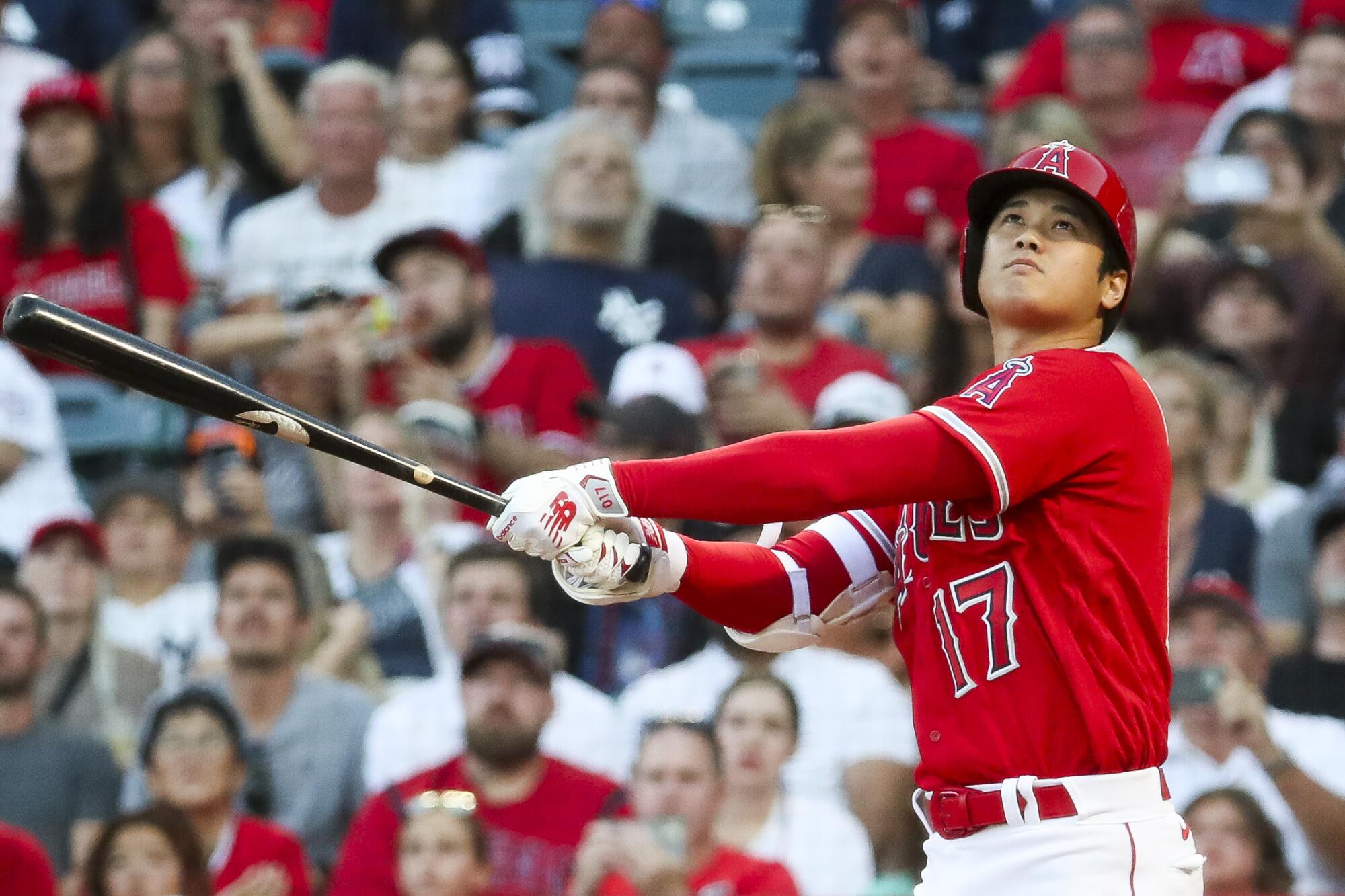There are concerns regarding how the deferrals in Shohei Ohtani’s contract will affect the Los Angeles Dodgers’ luxury tax obligations in light of the reported record contract between the two teams. The current Collective Bargaining Agreement’s Competitive Balance Tax (CBT), which attempts to level the playing field in terms of team spending, is what caused the deferrals. It is essential to examine the specifics of the CBA in order to comprehend how it operates.
/cdn.vox-cdn.com/uploads/chorus_image/image/72952830/1670472336.0.jpg)
Section (c) of Article XXIII of the CBA describes how the actual club payroll is determined. This includes a number of items, such as player benefit costs, pre-arbitration performance bonuses, annual player salaries, and any additional funds associated with the club’s payroll. The player salaries, which differ from team to team, are the main factor that determines whether a team will pay the CBT tax.
How player salaries are determined is explained in XXIII, Section (E), “Determination of Salary.” Subsection (6), which addresses deferred compensation, is one area of interest. Salary that becomes due to a player following the final championship season covered by their contract is referred to as deferred compensation. Depending on the interest rate at which deferred compensation accrues, the CBT handles it differently.

For CBT purposes, the deferred salary is included in the actual club payroll if it is accruing interest at a rate that is comparable to the inflated loan interest rate for the first contract year. In contrast, the deferred compensation is discounted back to its present value and included in the season to which it is attributed if the interest rate differs significantly from this threshold. The annual “federal mid-term rate” for October before the contract year is what determines the inflated loan interest rate.
Using this knowledge to illustrate a deferred compensation contract, let’s say the Rangers sign J.D. Martinez to a $20 million, one-year contract. Of that amount, $10 million will be deferred at an interest rate of 1% per year, compounded annually until 2034. The present value of the deferred payment would be computed using the inflated loan interest rate for the first contract year, taking into account the interest that would accrue over the following ten years. The amount that goes toward the CBT payroll is the present value.

Now, applying this to Shohei Ohtani’s reported contract with the Dodgers, let’s assume $20 million is paid each year immediately, while the remaining $50 million is deferred for 20 years at a 0% interest rate. Using the 4.43% discount rate, the $50 million to be paid in 2044 is equivalent to slightly over $20 million to be paid in 2024 for CBT purposes. As a result, rather than being valued at $70 million, Ohtani’s 2024 salary would be slightly over $40 million.
While we await more details about the structure of the contract and the specific interest rate of the deferrals, it is clear that the final value and average annual value (AAV) of the deal will be significantly less than the reported $700 million and $70 million, respectively. Ohtani may be receiving less per year currently compared to a traditional contract, but with his reported $40 million in endorsements, deferring a portion of his salary until after his playing days likely won’t impact his lifestyle significantly.